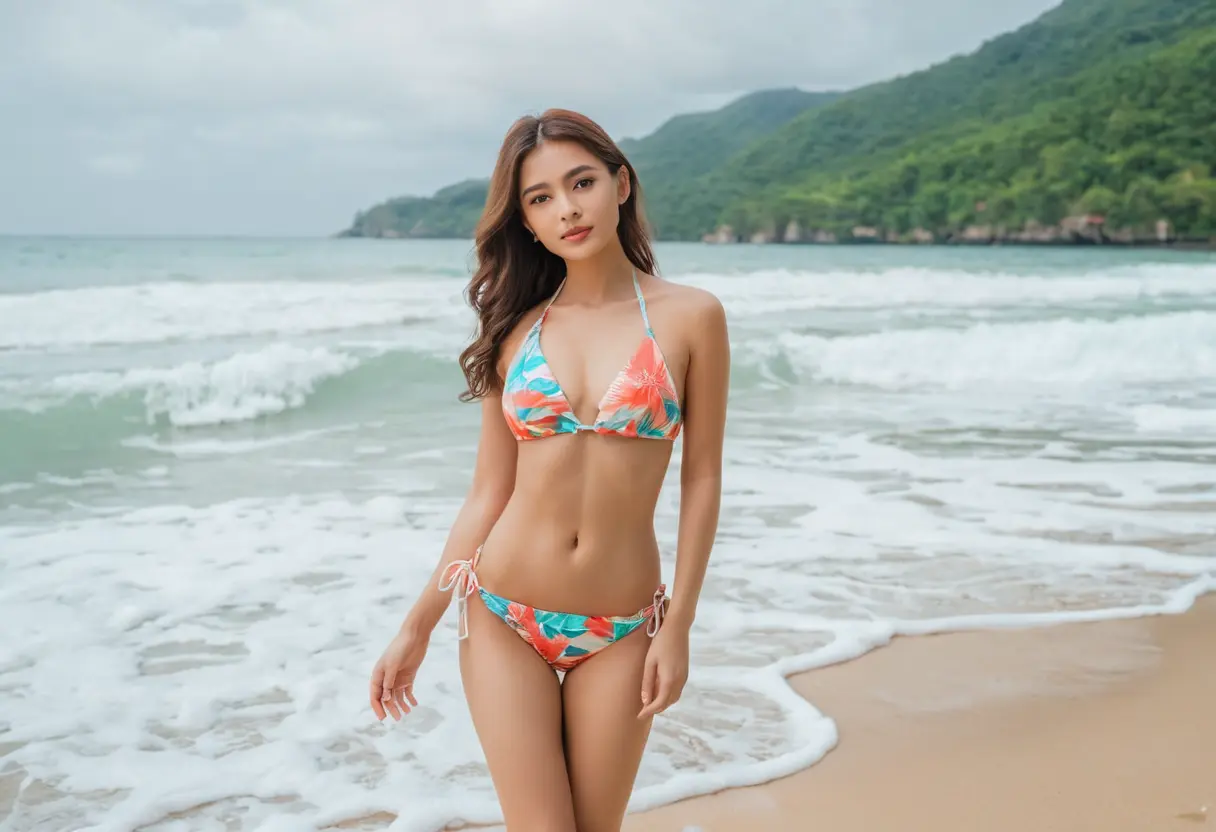
The integration of artificial intelligence (AI) into artistic expression is transforming the creative landscape. As technology advances, artists and creators are exploring innovative ways to leverage AI for generating art, music, and literature. However, this evolution brings forth not only exciting opportunities but also significant ethical considerations. This article delves into the future of AI technology in artistic expression, examining its potential, current applications, and the ethical dilemmas that arise in this rapidly changing environment.
AI has already made considerable strides in the art world, with various applications across different forms of creative expression. From generating paintings to composing music, AI tools are becoming integral to many artists' workflows. Some key examples include:

These applications showcase AI's potential to enhance creativity, allowing artists to push boundaries and explore new avenues of expression.

One of the most compelling aspects of AI in artistic expression is its ability to augment human creativity. AI can serve as a collaborative partner, providing inspiration and technical assistance. Here are some ways AI enhances creativity:

By working alongside AI, artists can achieve greater efficiency and explore creative possibilities that may not have been accessible otherwise.
As AI becomes more prevalent in artistic expression, several ethical issues must be addressed. These concerns revolve around authorship, originality, and the potential impact on traditional art forms. Key ethical considerations include:
These ethical dilemmas necessitate ongoing discussions and potential regulatory measures to ensure that AI technology is used responsibly in the creative sector.
Looking ahead, the future of AI in artistic expression appears bright yet complex. As technology continues to evolve, we can expect several trends to shape this landscape:
These trends highlight the potential for AI to not only enhance but also redefine the creative process.
AI technology is undoubtedly revolutionizing artistic expression, providing artists with innovative tools to enhance their creativity and explore new forms of art. However, as we embrace these advancements,undress ai tool it is crucial to navigate the ethical considerations that accompany AI-generated works. By fostering a balanced dialogue between technological innovation and ethical responsibility, we can ensure a future where AI enriches the artistic landscape while respecting the values that underpin human creativity. As we move forward, the collaboration between humans and AI promises to create a dynamic and exciting future for the arts.